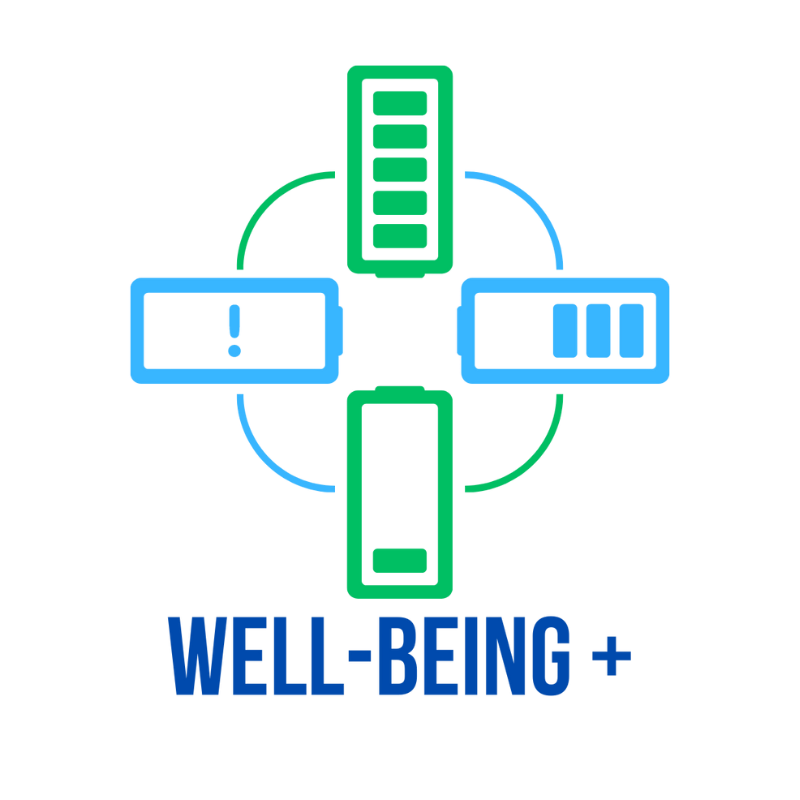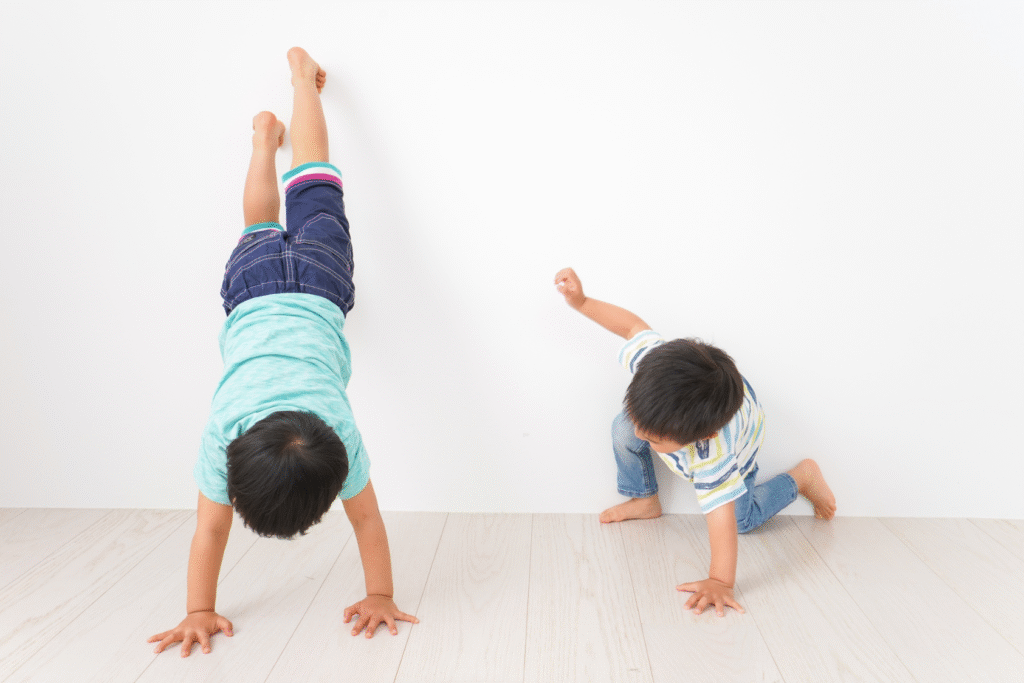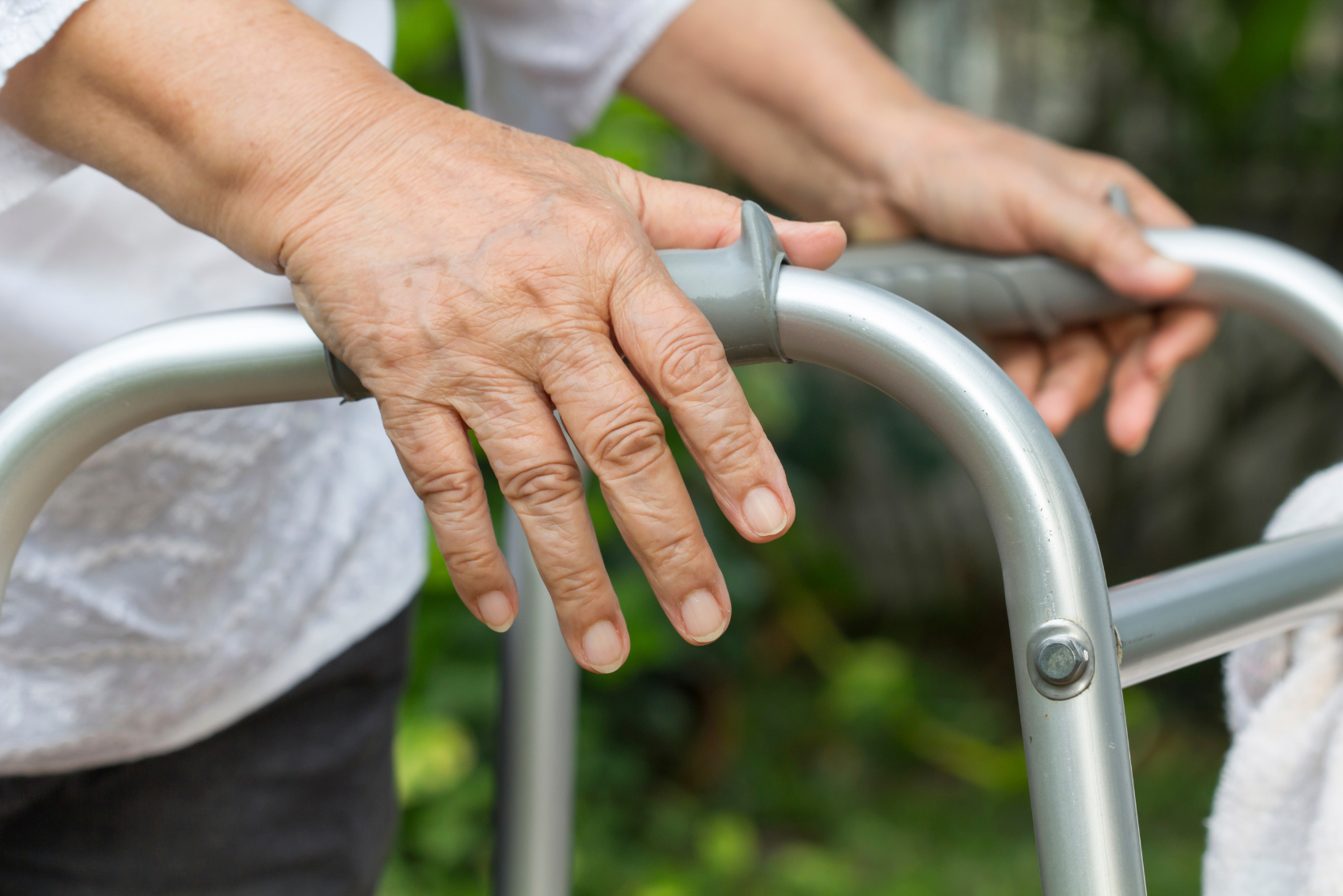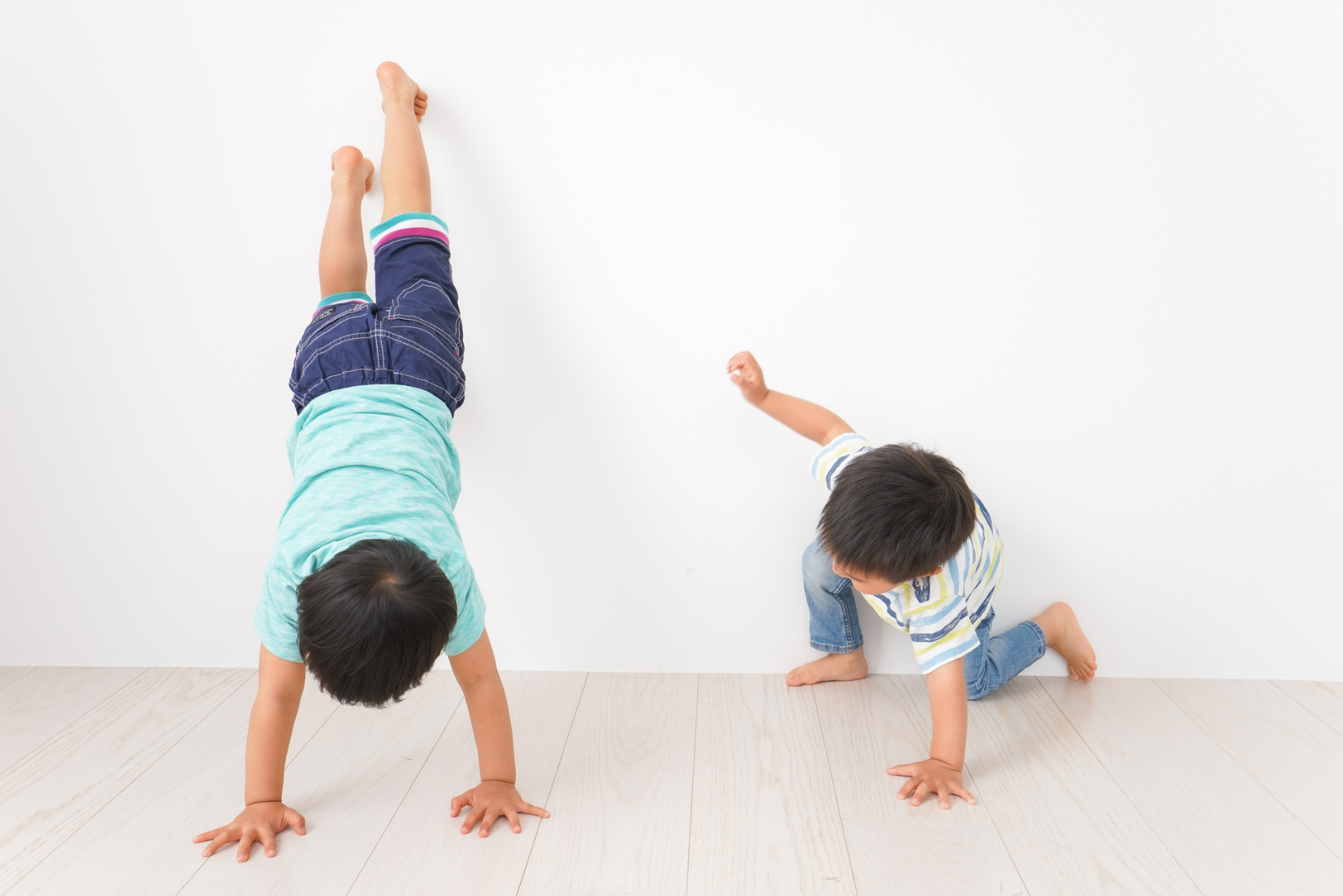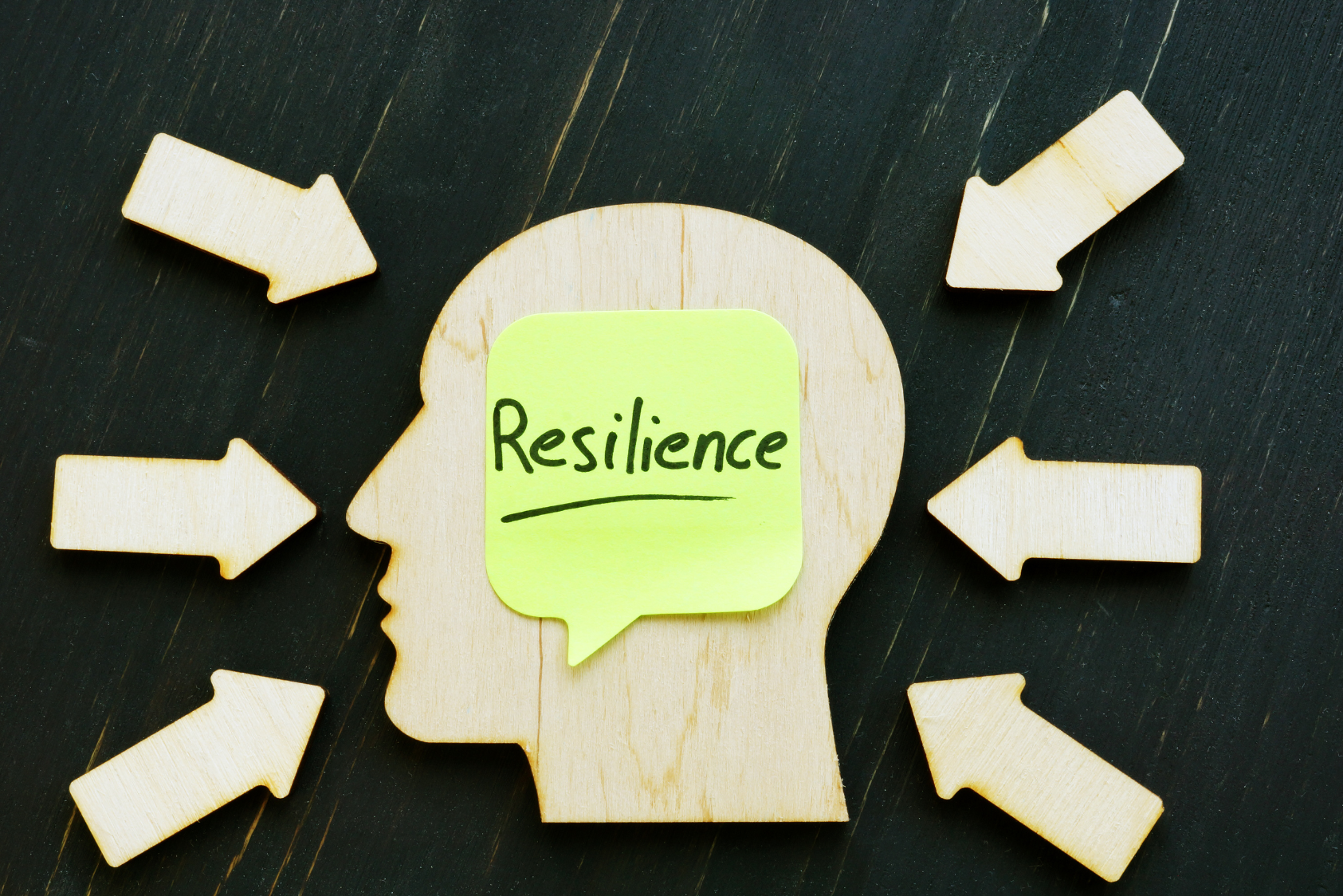When most people hear the word “exercise,” they picture long workouts, gyms, or strict fitness routines. But movement doesn’t need to be complicated to make a difference. In fact, it’s the everyday movements—stretching, walking, standing up often—that can have a profound impact on both physical and emotional well-being.
Daily movement is less about performance and more about consistency. It’s a way of reminding the body and mind that they are designed to stay active, flexible, and engaged. Let’s explore how small bursts of activity throughout your day can support your health in ways that go far beyond the physical.
Movement as a Stress Reliever
Stress builds up when the body stays in a constant state of tension. Movement helps release that tension and signals the nervous system to shift into a calmer state. Even a five-minute walk or a short stretch break can lower muscle tightness and ease mental overload.
Simple ways to apply this:
-
Take short breaks from screens to stand, stretch, or roll your shoulders.
-
Use walking as a way to “reset” after a stressful meeting or task.
-
Try gentle activities like yoga or tai chi that combine movement with mindfulness.
Boosting Mood Through Activity
You’ve probably heard of the “runner’s high,” but you don’t need to run miles to feel the benefits. Movement of any kind encourages the release of endorphins—natural chemicals that lift mood. It also supports circulation, which means more oxygen and nutrients reach your brain.
Practical ideas:
-
Put on music and dance for 10 minutes.
-
Choose stairs instead of elevators.
-
Park farther away and add extra steps to your day.
Small bursts of movement can brighten your mood as much as formal exercise sessions.
Supporting Physical Strength and Flexibility
The body is built to move. When we stay still for long stretches of time, muscles weaken, joints stiffen, and posture suffers. Daily movement doesn’t just maintain fitness—it keeps you capable of enjoying everyday tasks with more ease.
Examples of supportive habits:
-
Stretch in the morning to wake up your muscles.
-
Carry groceries in two trips instead of one heavy load.
-
Do light body-weight movements (like squats or wall push-ups) during breaks.
These simple acts protect long-term mobility and reduce the risk of aches caused by inactivity.
Connection Between Movement and Sleep
Regular daily movement can also improve sleep quality. Physical activity helps regulate your circadian rhythm—the body’s internal clock—making it easier to fall asleep at night and wake refreshed in the morning.
Tips for balance:
-
Gentle stretching before bed can calm the body.
-
Aim for movement during the day, rather than right before bedtime, to avoid overstimulation.
-
Even moderate activity like a brisk walk can make sleep more restorative.
Movement as a Form of Mindfulness
Movement is not only about the body; it can also quiet the mind. Focusing on how your body feels during gentle activity—your breath, your muscles, your pace—creates a form of moving meditation.
Ways to try mindful movement:
-
Pay attention to your steps while walking: heel to toe, the rhythm of your stride.
-
During stretching, notice the release of tension in each muscle group.
-
Practice gratitude while moving: reflect on what your body allows you to do each day.
This connection strengthens awareness and grounds you in the present moment.
Building Movement Into a Busy Lifestyle
One common barrier is the idea that movement requires a full hour at the gym. But daily activity can be broken into short, manageable chunks that add up.
Strategies for busy schedules:
-
Set a timer to stand and stretch every 45 minutes.
-
Turn chores like vacuuming or gardening into opportunities for movement.
-
Walk during phone calls or meetings when possible.
Consistency matters more than intensity—the goal is to keep the body engaged throughout the day.
The Emotional Rewards of Staying Active
Beyond physical benefits, daily movement reinforces a sense of self-care. Each choice to move, no matter how small, is a reminder that you’re investing in your well-being. This builds confidence, resilience, and a sense of accomplishment that carries into other areas of life.
Movement can also serve as a healthy outlet for emotions. Instead of bottling up stress or frustration, channeling energy into walking, stretching, or light exercise offers release and relief.
Putting It All Together
Daily movement isn’t about following rigid fitness plans. It’s about weaving activity into the rhythm of your life in ways that feel natural and sustainable. Whether it’s a short walk, a quick stretch, or dancing in your kitchen, these moments accumulate into a healthier body and a calmer, more resilient mind.
Final Note
This article is for informational purposes only and does not replace professional medical advice. If you have health concerns or specific conditions, consider consulting a healthcare provider before starting new routines.
At Well-Being Plus, we believe small, consistent actions make a big difference. Explore our blog for more supportive tips on caring for your body, mind, and emotions every day.
